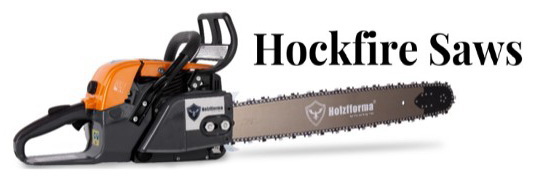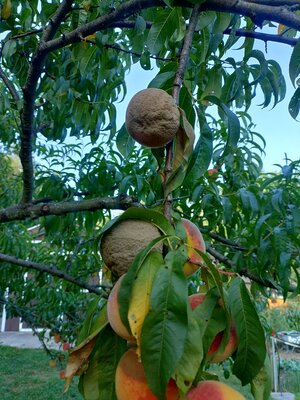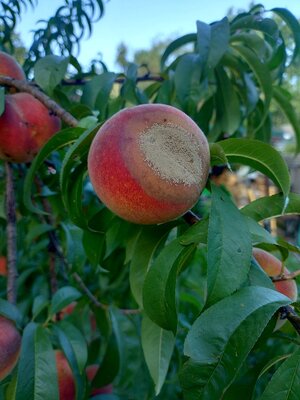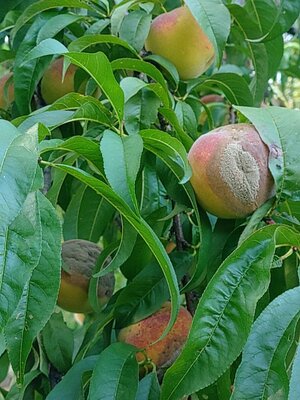Brown Rot
Monilinia laxa and Monilinia fructigena. Brown Rot is very common in the Auckland region, fruit is more susceptible to infection when the weather is humid.
Brown Rot is a fungal disease that most commonly affects stone fruit, particularly peaches and nectarines. It enters the fruit through bruises or damaged areas, which can cause fruit to fully rot within days and remain on the tree while shedding their spores until eventually becoming mummified.
It is recognisable by the distinctive brown pustules that form on the fruit, which then slowly rot on the tree. If the fruit is picked in the early stage of infection some of it may still be able to be eaten.
Spring is usually when infection starts, which can turn blossoms brown. It only takes a few infected flowers to infect a whole tree as the fungus produces millions of spores which are spread by rain and wind.
Prevention
To reduce the chances of brown rot badly affecting trees, keep trees healthy and well-fed. When pruning, prune to an open vase shape to allow more air to flow between the branches. When planting new trees allow plenty of space between the trees.
Thin out fruit as it is produced, clusters of fruit set close together will provide an ideal situations for Brown Rot to flourish.
Remove any infected fruit off the tree and the ground as soon as it is seen to avoid the spread of spores.
Treatment
Spray with
Yates Copper Oxychloride at petal fall and at 3-4 weekly intervals until harvest.
When using sprays and chemicals always read the label and follow instructions carefully. Spray in the evening to avoid harming beneficial insects.









